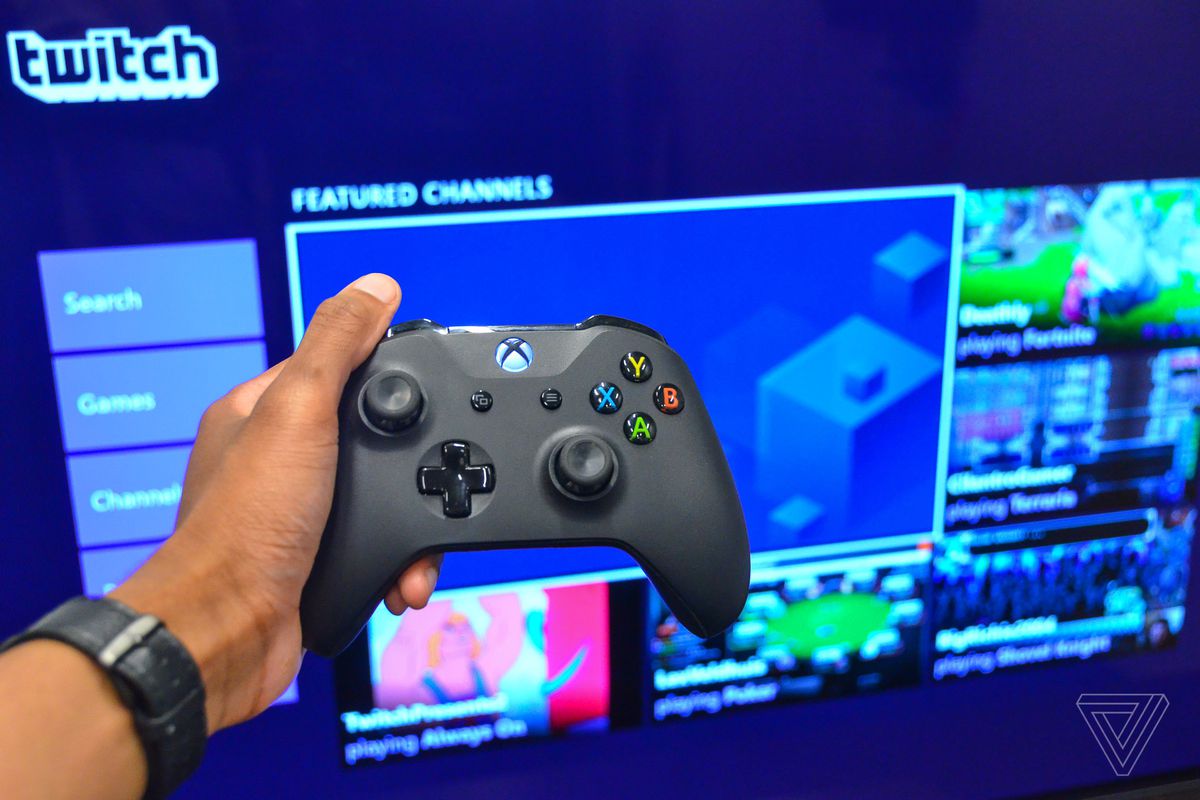Do livestream on Twitch is much easier than many people think. In this tutorial we will show you all the steps for you to start your transmissions and share your moments of glory and shame with everyone. At the end, also check the minimum requirements to achieve streamar . Check out the step by step to live on Twitch!
1. Install Open Broadcaster Software
The first step is to install a live broadcast program and the best option is Open Broadcaster Software (OBS). The software is completely free and has all the necessary functions for you to start your livestreams. Click here to download the OBS .2. Set up your Twitch account
Log in to your Twitch account, click on the icon in the upper right corner and access the “ Creator control panel ” option . Then, configure the basic fields necessary for the identification of your transmission: title, category, language, etc.3. Configure the Open Broadcaster Software
Now the longest and most laborious part. Run OBS, access the "File" tab and choose "Settings". Then, in the left column, choose the option “ Transmission ” and configure it as follows:- In the " Service " field , choose "Twitch".
- In the " Server " field , choose "Automatic".
4. Starting livestream
To start your live, just press the “ Start transmission ” button in the lower right corner of the OBS main screen. However, you also need to choose which sources will be broadcast. Will there be a webcam image? Microphone? Only audio and image of the game? To configure these options, just click on the “+” sign in the “ Sources ” field and add all that you want to transmit. Usually the transmitted sources are:- Audio Input Capture
- Audio Output Capture
- Print Screen
- Game Capture
- Video Capture Device
Optimizations and Customizations
Open Broadcaster Software also has several settings for you to edit according to your taste or according to your computer's specifications. Among the main ones are:Settings> Output
- In the " Output Mode " field , choose the "Advanced" option and then choose "Transmission" below.
- In the " Audio Track " field , dial the number referring to the number of microphones you will use (it will hardly be more than two).
- In the “ Encoder ” field , check the largest option available.
- In the “ Bit rate ” field , increase or decrease according to the specifications of your computer and your internet. This field will directly affect the quality of the stream. Increase and decrease this value until you find the best one for your device.
- In the " Default CPU usage " field, choose "veryfast" if the live is smooth or "superfast" if it is still crashing.
Settings> Audio
- In the “ Mic / Aux ” and “ Desktop Audio ” fields, you can check the “Activate press-to-mute” and “Activate press-to-speak” boxes. This way, the audio will only be captured when you press the key configured in the “Shortcut Keys” menu.
Settings> Video
- In the "Common FPS Value" field, vary according to the performance of your computer and internet.
Settings> Advanced
- In the " Process Priority " field , increase it to "Above normal" if the live is still crashing.
- In the “ Transmission delay ” field , increase according to your taste. This option is essential for those who play competitive games (mainly battle royales) and do not want their opponents to know their location.
Other settings
In addition to the settings mentioned above, Open Broadcaster Software has numerous other options capable of customizing your stream exactly the way you want it. In this article we mention all the main ones for you to start the live and customize the essential aspects of the transmission. Keep exploring OBS to make the channel your own. Check out the list of the most popular Twitch memes!Minimum requirements for streaming on Twitch
To start your live on Twitch you need at least an i5 processor (or equivalent ADM) and 8GB of RAM. Regarding the speed of the internet, what you need to take into account is your upload rate and what quality you intend to transmit:| Quality | Upload rate required |
|---|---|
| 240p / 360p / 480p | 1MB / s |
| 480p60fps | 1.5MB / s to 3MB / s |
| 720p30fps | 2.5MB / s to 4MB / s |
| 720p60fps | 3.5MB / s to 5MB / s |
| 1080p30fps | 3.5MB / s to 5MB / s |
| 1080p60fps | 4.5MB's at 6MB / s |


